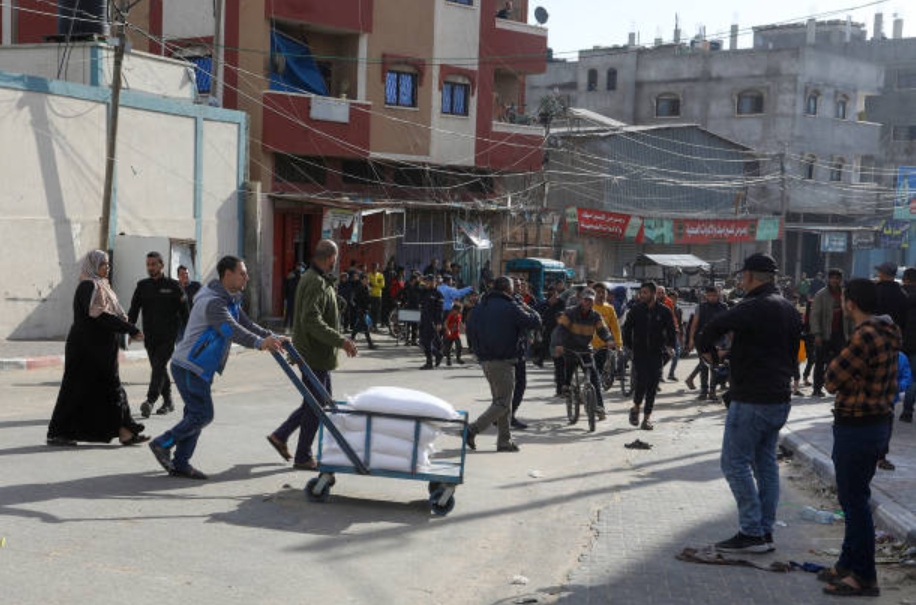Israeli Gaza Ceasefire Pact Signals Potential Release of Specific Detainees
The Israeli government approved a short-term ceasefire plan to free around 50 people held captive in Gaza since an armed group attacked southern Israel in October.
This significant agreement for a ceasefire emerged after extensive and thorough discussions mediated by Qatar. These talks persisted until the early hours of Wednesday, signaling the commitment and dedication of those involved in reaching this accord.
Reports from Israeli media indicated intense debates among ministers within Prime Minister Benjamin Netanyahu’s administration during the negotiation process.
As part of this arrangement, the prime minister’s office confirmed that the government consented to a pact stipulating the release of at least 50 women and children during a pause in fighting spanning approximately four to five days.
In reciprocation, Israel is anticipated to discharge roughly 140 Palestinian detainees from Israeli penitentiaries.
Captive Dilemma in Gaza

Although the exact specifics of the ultimate agreement have not been openly revealed, there are conjectures indicating that the arrangement includes clauses allowing the delivery of humanitarian assistance to Gaza. These provisions, albeit not officially confirmed, are believed to be part of the deal.
The region has endured relentless Israeli bombardment following the initial attack by Hamas. Shockingly, the toll from these hostilities has tragically surpassed 14,100 casualties.
Presently, Gaza is holding approximately 237 captives from Israel as well as various other nations. However, it’s important to note that foreign nationals are not believed to be encompassed within the scope of this particular agreement.
The implementation of this temporary ceasefire and the potential release of captives marks a crucial step toward de-escalating the conflict and fostering a semblance of stability in the region.
Despite the tentative nature of this truce, it represents a pivotal moment that holds the promise of alleviating the suffering and fostering a renewed hope for peace among the affected populace.


Comments are closed.